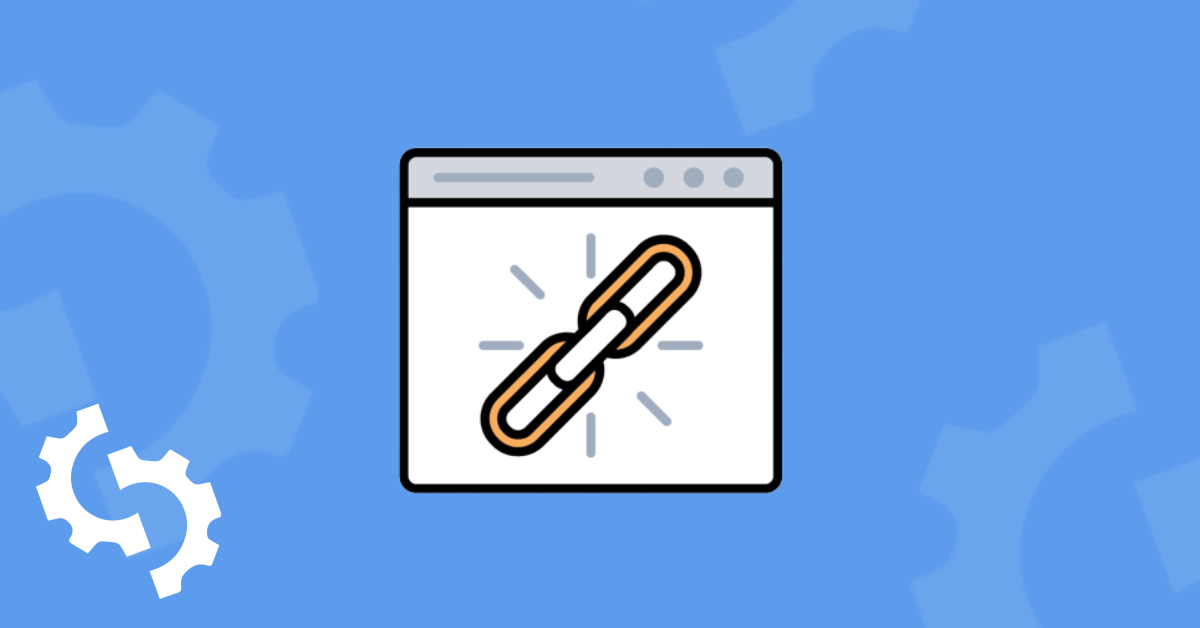
If you have been around people doing Search Engine Optimization (SEO), you may have heard them passionately talk about why you need to have links on your site. In this article, we look at why links are important and the different link types, with a focus on inbound links.

What are Inbound Links?
Inbound links are defined as links from other sites that point to your site. They are also known as backlinks, simply because they refer back to your site.
For a link to be considered an inbound link by search engines, it must be clickable. An inbound link has 2 parts:
-
- The link to your page
- The anchor text to which it is attached
Here is the difference between the other two types of links, and how they differ from inbound links.
Other Types of Links
Apart from inbound links, there are two other types of links that you are likely to encounter:
Outbound Links
These are links that link from your site to other sites. Why do these matter?
One of Google’s priorities is to give value to search engine users.
When your site has outbound links, it is an indicator that you are going out of your way to find more value to add to your content.
Anchor text is important when it comes to outbound links as it helps users have an idea about what the link they are being directed to is about.
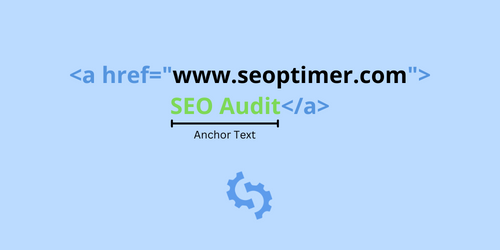
You need to link to authoritative content, whether from large, popular sites or even smaller ones that are yet to become popular. What is important is that the content you link to is high-quality, relevant, credible, and trustworthy.
Here are some bad practices for linking based on Google’s webmaster guidelines:
- Links with over-optimized anchor text in articles or press releases distributed on other sites. For example:
There are many wedding rings on the market. If you want to have a wedding, you will have to pick the best ring. You will also need to buy flowers and a wedding dress. (The bold texts are links to the site)
- Low-quality directory or bookmark site links.
- Keyword-rich, hidden or low-quality links embedded in widgets that are distributed across various sites, for example:
Visitors to this page: 1,472
car insurance
- Widely distributed links in the footers or templates of various sites.
- Forum comments with optimized links in the post or signature, for example:
Thanks, that’s great info!
– Paul
paul’s pizza san diego pizza best pizza san diego (Link to the website from each key phrase)
Internal Links
These are the links that you use within your own site to link to other pages, sections or content. This is also known as deep linking for SEO.
Internal linking gives your users more content to interact with on your site. It also helps to direct traffic to old published content that is relevant to the most recent or latest content, giving it a chance to rank higher again.
And just like the World Wide Web, your internal linking structure helps search engines understand the reason for its existence.
Everything is connected like a spider web. Without internal linking, it will be hard to understand what a website is about.
 Image Source https://lod-cloud.net/
Image Source https://lod-cloud.net/
These links make it easier for search engine bots to crawl, index, and rank your site. They are able to identify related content, giving your page a relevancy boost.
Internal links help search engines to identify the canonical pages. If there are a number of blog posts talking about a particular topic for example, and they all link from one ‘major blog post’, search engines identify the latter as the major or canonical and give it a slot in search engine results.
Since the canonical URL has the bulk of the internal links, the users will still be able to find the rest of the content it links to. This way, content on your page does not ‘compete’ among itself.
Example of an Inbound Link
Here’s an example of an inbound link to one of our blog posts. The link was placed in an article about getting started with SEO. One of the discussion points in the article is how to optimize a website for SEO.
The author linked to our article on “header tags” since it’s relevant to optimizing a website for search engines.
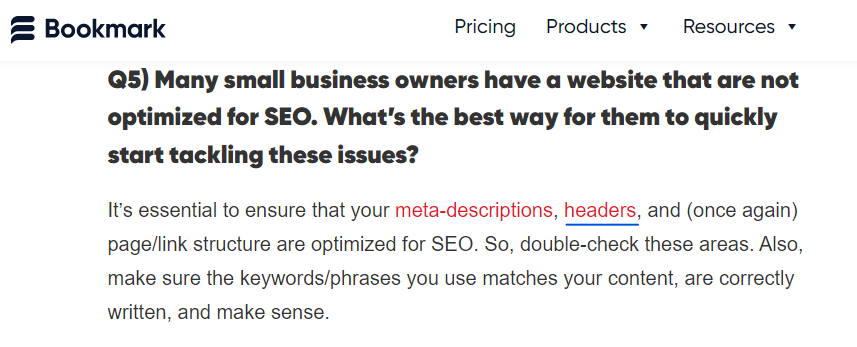
Why are Inbound Links Important?
Googlebot navigates from URL to URL by following links, sitemaps, and redirects. Googlebot treats every URL as if it’s the first and only URL it has seen from your site.
Inbound links are undoubtedly an important part of SEO. Here are the reasons why:
Higher Rank in Search Engine Results
Google uses a list of factors to rank websites and webpages in search engine results.
Inbound links are one of the strongest ranking signals. You need to have several high-quality inbound links for Google to see your website as authoritative.
But, what are high-quality inbound links exactly? Here are some of the characteristics of high-quality backlinks:
- They come from authoritative, trustworthy, and credible sites. These sites contain content that is trusted. A good example of high-authority sites is the Wall Street Journal or CNN.
- They use anchor text. An example here is a link from a CNN feature that uses your company name and links to your home page. If your company name is ‘Daily Fitness’ then it is used as the anchor text and your homepage link would then be https://www.daily-fitness.com. The words ‘Daily Fitness’ when clicked redirect to that particular site. Most importantly, the anchor text needs to be descriptive. The user should be able to anticipate what the site it links to is all about even before they click on the anchor text.
- They are diverse. This means that they come from a range of sources. An example would be inbound links from sports fitness websites, and recipe sites if your site’s content revolves around personal fitness and nutrition.
The number of inbound links also matters. Ensure that you have a reasonable number, not too many yet not too few.
A good way to determine the number of inbound links that you need is via studying your competition to see how many backlinks they have. If they have 4, then be a step ahead and have at least 6.
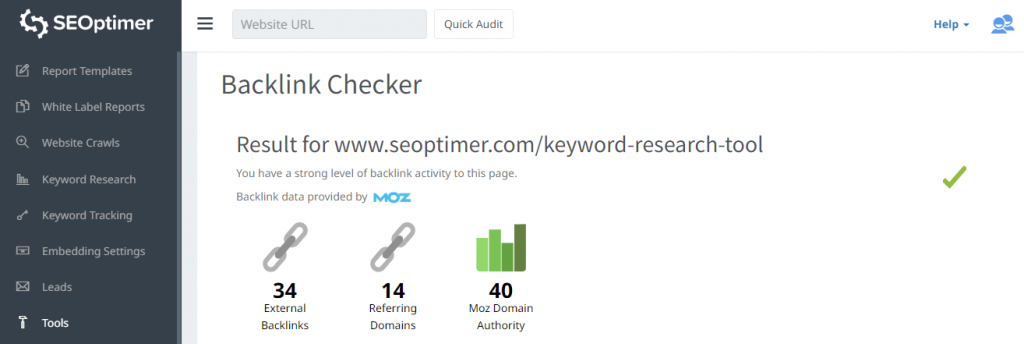
How ‘old’ is the site that is linking to yours? Links from sites that have been in existence for a while have more authority than newer sites.
Inbound links pass on their link authority to your site, which further boosts your site’s credibility and authority.
Increased Traffic
When you have a reasonable number of high-quality inbound links, your site is highly likely to rank higher in search results.
This pays off as you have increased traffic to your site which is highly likely to further result in higher conversions and even increased sales.
Increased Brand Awareness
When credible, authoritative, and trustworthy sites link to your site, their strong brand is associated with yours.
This association results in an increased awareness of your brand and website. Users also view your brand as credible and trustworthy, just like the website that is linking to yours.
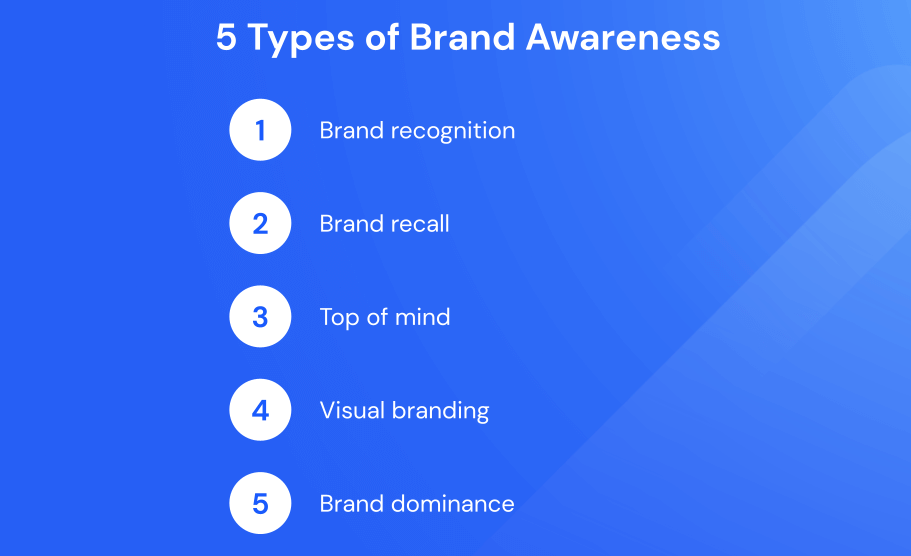
Creates a Chance for Business Relationships
When you have credible sites linking to yours, you have a chance to reach out to them and forge business relationships that will make it easier for people to link to your site in the future.
These relationships may spill over to even customer referrals if your business is related to theirs.
How to Get Inbound Links
There are several ways to get other sites to link to yours. Here they are:
Create Great Content
What is great content? It needs to be useful, relevant, credible, and meet user intent.
User intent is the real reason why someone looked something up. If a user on your blog is reading an article about ‘factors to consider before hiring a plumber’, then the user intent here could be that they are looking at hiring a plumber.
Your content should therefore not only talk about those factors but usher them into how to actually hire a plumber and the things to look out for when hiring a plumber.
One way to do this is to ensure that you include the fact that an exceptional plumber or plumbing company has social proof.
They need to have customers who have vouched for them via reviews on review sites.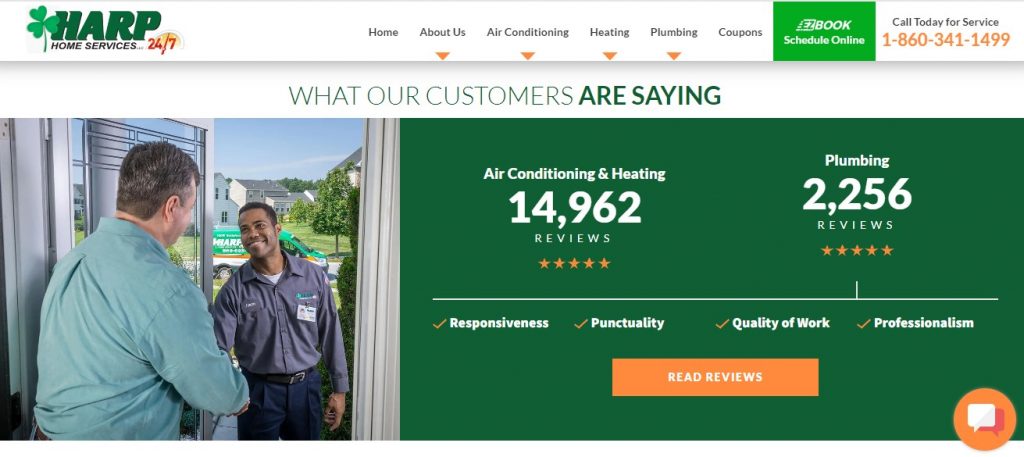
Such an approach will make it easier for a review site to link to your site. The content will be relevant for their users too, and the section on social proof guides them to see where exactly they need to link.
Choose Your Keywords Wisely
Part of creating great content is ensuring that you use the correct keywords on your website.
Do proper keyword research and take advantage of the keywords that you are more likely to create great content around.
Don’t go for extremely competitive keywords. Ensure that what you choose gives you the flexibility to write unique content, and use semantically related keywords.
If you are writing about SEO, for example, you need to narrow it down to a specific topic, like “link-building”.
Even better, you need to find out what people are looking for when it comes to these keywords.
Here is a quick keyword search for the term ‘inbound links’ using Google Keyword Planner:

From the above, it might be easier to create great content around ‘inbound links and Google Analytics'.
This is because there will be fewer people creating content about it compared to ‘inbound links and SEO’.
The former option also gives you an opportunity to do a bit of data analysis using a specific site and share your conclusion based on the available data.
You are freer to include a personal touch which makes the content unique, credible, and trustworthy.
You can also make use of a keyword research tool to find the best keywords to target on each web page. Ideally, you want to target keywords that have adequate search volume and low competition.
For our example on “inbound links”, you can create content targeting “SEO inbound links” or “backlinks vs inbound links” based on the insights you gathered from using a keyword research tool.

Fix Broken Inbound Links
A broken link is an inbound link that once was live, but is not working anymore. This could be because the URL of the content changed or a typo was made when the URL was placed.
Unless fixed, broken links redirect users to a 404 page. This results in a poor user experience and may result in users thinking negatively about a website.
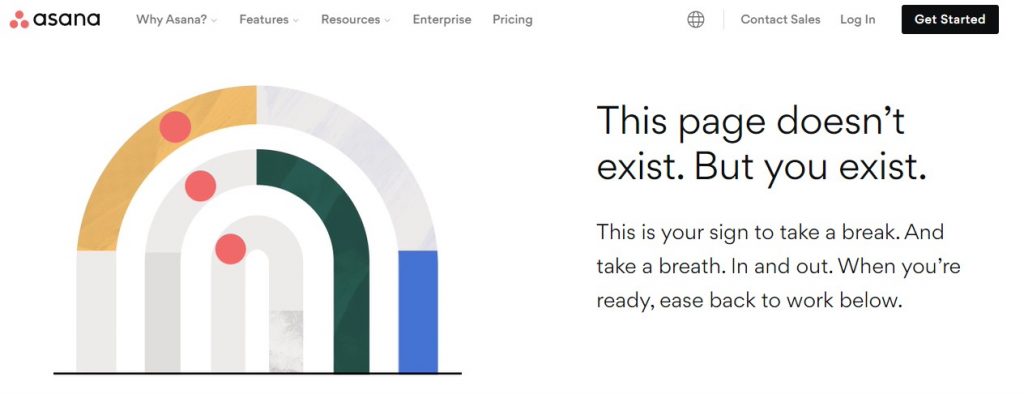
This offers an opportunity for you to get an inbound link. You can use a tool such as Ahrefs to find all the broken links pointing to your website content. Then reach out to these webmasters to tell them of the broken link and ask if they will be willing to add a link to the new URL.
You can also find broken links pointing to your competitors’ website content and then ask all the linking domains to replace the broken link with yours instead.
Make Your Content Visually Appealing
Your users definitely do not want to read endless blocks of text. Here are some things that you can do to add a visual appeal to your content:
- Use infographics
- Use bullets and lists
- Write shorter paragraphs
- Use images, gifs, and videos
- Use contrast in font size or color
- Use subtitles and different headers
- Add Tweets or other social media posts
- Add a table of contents with internal links to the actual content
- Use header tags to separate blocks of text
What is the relationship between visually appealing content and inbound links?
Websites want to link not only to relevant, authoritative, and credible content but also want their readers to have excellent user experiences with the sites that they send them to.
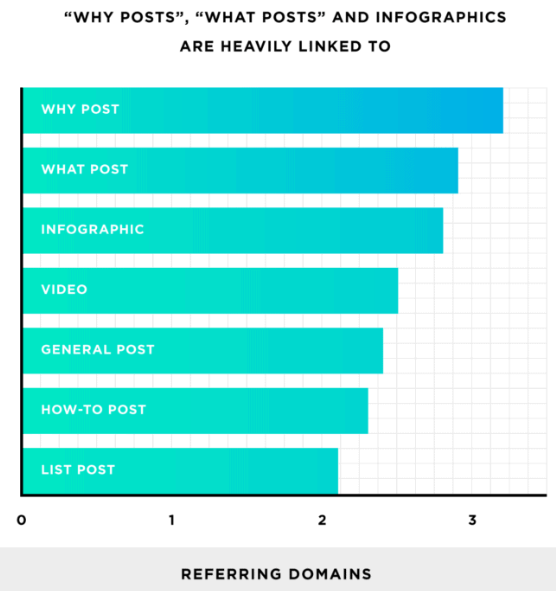
The sites that link to your website are taking a chance by associating their brand with yours. It needs to be a worthwhile risk.
Make Your Site’s UI More Attractive
Closely related to making your content visually appealing is your site’s user interface.
Is your site attractive to look at? Ensure that you use themes and layouts that support all the hard work that you have put into creating amazing content.
You can work with a web developer or designer to improve your site’s outlook or buy templates like WordPress.
A caveat here: Do not sacrifice your site speed for an attractive design, as the former can have a more detrimental effect on your ranking.
People do not want to link to a site that is on page 10 of Google results or that takes a long time to load.
Create Longer Text Content
Longer content gives you an opportunity to add value.
You have an opportunity to use different content types, illustrations, examples, and even personal observations from the research that you have been doing.
The ideal content length of a good blog post should be at least 1,705 words.
Promote Your Content
You need to promote your content in order for people to actually know of its existence.
Someone looking to link to a site will consider doing so if they already know of its existence. There are several ways to achieve this:
Contests and Giveaways
An example here would be giving away a free eBook for all your new subscribers.
This way, the users will see the value that they are getting and will want more of it. They will keep coming back to your site, and sharing the content.
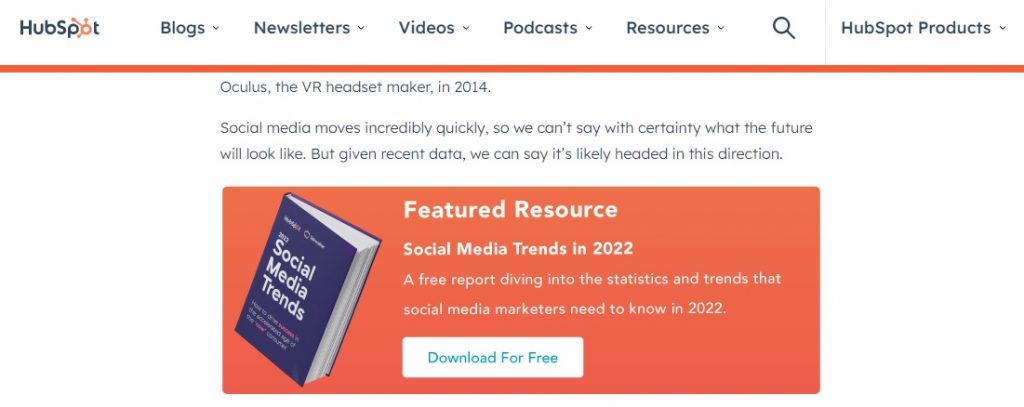
Find a Way to Work with Influencers
An example here is Eric Siu. He worked with Neil Patel, one of the best in digital marketing to create a digital marketing video.
Neil Patel’s followers definitely watched the video and most likely also wanted to know who Eric was. The mental impression here is that he must be good at what he does for Neil to work with him.
Mention People
When you quote people or use their Tweets as illustrations, you need to mention them.
There is a high likelihood that influential people monitor their mentions. If they like your content, then they are likely to look it up and mention you back.
You can then reach out to them and request an inbound link.
Post on Social Media and Discussion Forums
You need to join groups where your target groups and even influencers are. Participate and share your content where relevant.
Find Offline Opportunities to Speak at Events
Look out for local meetups and events that are relevant to your industry. Offer to speak. This way, you position yourself as an expert in your industry. Tell people what you do, and even share ways for them to interact with your content.
Find Inbound Linking Opportunities You may be Missing Out On
After implementing all the above strategies, you need to see what works for you and what opportunities you may be missing out on.
Once you see who is already linking to your site, you can think of other people who might be interested. Here are a few ideas:
- Guest posting – you can identify relevant sites that you can create content that you can link back to your site
- Expert interviews – you can offer to get interviewed on an industry-related site as an expert and again, link back to your site. This can be an article, video, webinar or podcast
- Social media – you could do an expert interview for example via hosting Facebook live.
However be careful, Google does not discourage guest posting in the cases when they inform users, educate another site’s audience or bring awareness to your cause or company.
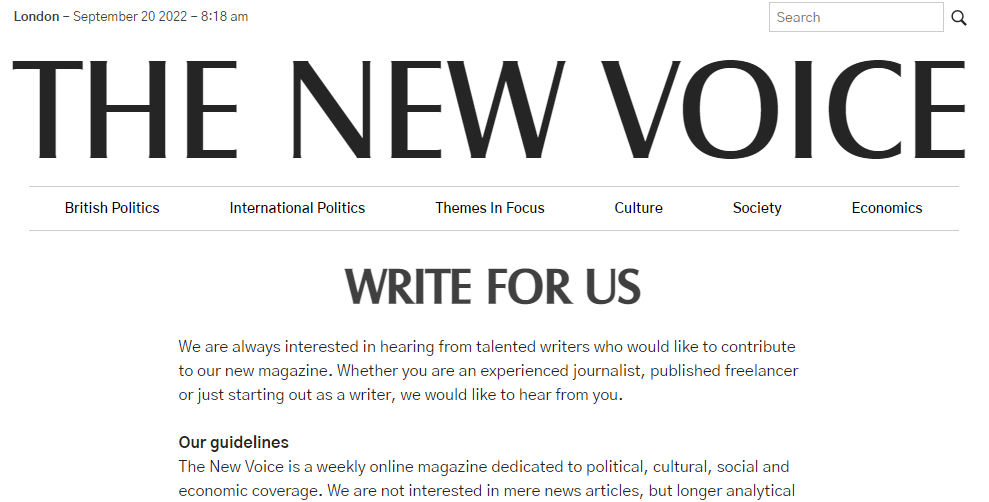
However, what does violate Google’s guidelines on link schemes is when the main intent is to build links in a large-scale way back to the author’s site.
Below are factors that, when taken to an extreme, can indicate when an article is in violation of these guidelines:
- Stuffing keyword-rich links to your site in your guest post articles.
- Having the articles published across many different sites; alternatively, having a large number of articles on a few large, different sites.
- Using or hiring article writers that aren’t knowledgeable about the topics they’re writing on.
- Using the same or similar content across these articles; alternatively, duplicating the full content of articles found on your own site (in which case use of rel=”canonical”, in addition to rel=”nofollow”, is advised).
Conclusion
Inbound links are an important tool to use on your site. Search engines see them as other people and sites vouching for you.
Your users also get to interact with more value. It’s a win for everyone. All you need to ensure is that you create inbound links that are of high quality and will provide value to your audience.










